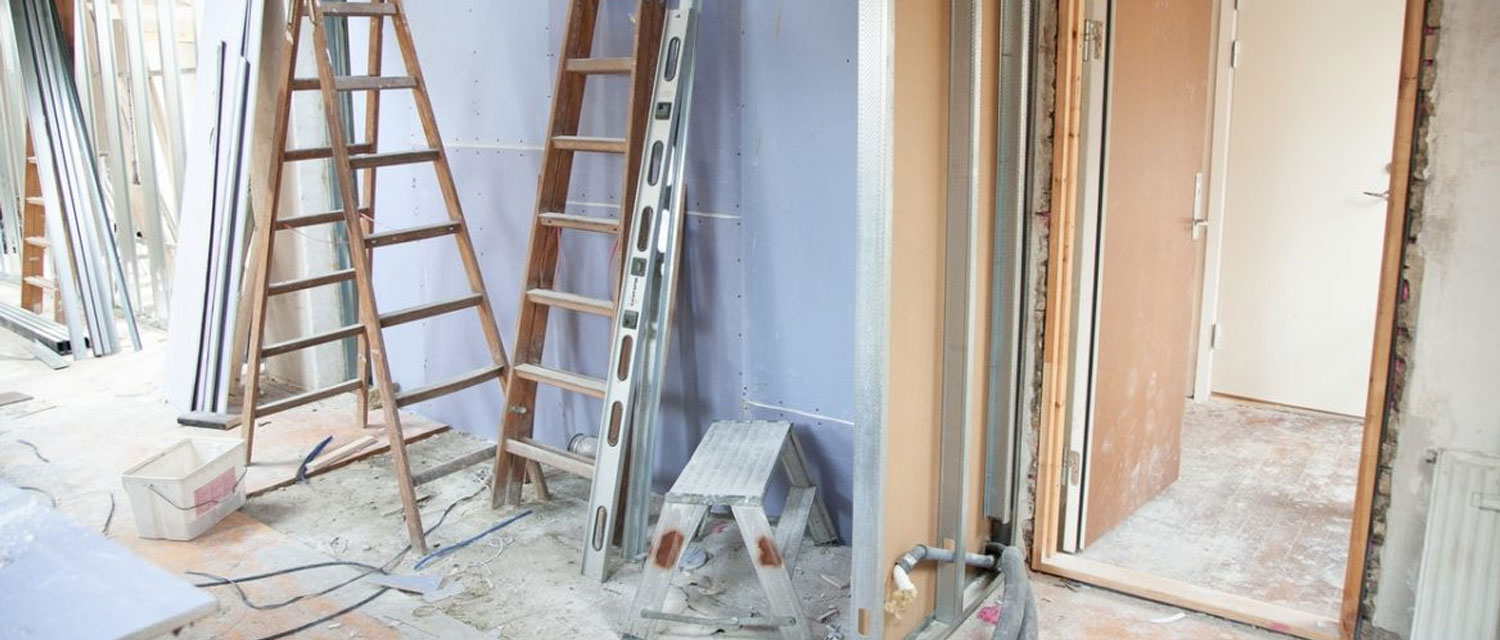In the realm of measurements and dimensions, the term “linear metre” is often used, especially in the building industry. It sometimes causes confusion, right? If you ever wondered what a linear metre is and when it is used, then you are in the right place. This blog will provide you with all the information you need about linear metres. Keep reading to learn more.
What is a Linear Metre?
A linear meter is just the straight-line distance of something without taking thickness or width into account. In simpler words, it is the metre of length that is measured in a straight line or in a single direction.
It is the way to measure the length of materials that the seller sells in rolls or lengths, like fabric or carpet. For instance, when purchasing fabric by the metre from a shop, you are buying a specific length of fabric in a straight line. This is different from square metres as well as cubic metres.
It is important to calculate or measure the size of a room or materials as accurately as possible for DIY or construction projects. Precise measurements guarantee that you get accurate quotes and buy the right amount of materials. For a project to be planned and carried out successfully, measuring dimensions and materials demands proficiency. Accurate measuring prevents unnecessary waste and saves time and money.
When Linear Metre is used?
In industries where materials are sold on length rather than area or volume, linear metres are frequently used. This is where you'll often see this measurement:
- Fabrics and Textiles: When you purchase fabric for sewing, the length of the cloth is always measured in linear meters. This is how linear meters are used in determining the required amount of cloth based on its length.
- Carpets and Flooring: Carpets and other flooring materials are frequently sold by the linear meter. In this way, you can calculate the amount of carpet required to cover a specific length of floor area.
- Wallpaper and wrapping paper: These materials are sold in rolls, each having a predetermined length expressed in linear metres. This makes it easier to estimate how much paper will be needed to wrap presents or cover walls.
- Construction Supplies: In order to make sure that consumers receive the ideal length for their requirements, some construction supplies, such as pipes or cables, are offered in linear metres.
Difference Between "Metre" and "Meter" (Australia vs. USA)
Australia (Metre):
- Spelling: In Australia, the standard spelling for the unit of measurement for length is "metre."
- Pronunciation: The pronunciation of this word is "mee-ter."
- Usage: Metre is widely used across Australia in official contexts, education, and everyday language. It is also applied to other units of measurement, such as centimetres and millimetres.
USA (Meter):
- Spelling: In the USA, the unit of measurement for length is spelled as "meter."
- Pronunciation:Pronunciation: The pronunciation of this word is "mee-ter."
- Usage: Meters are commonly used throughout the United States in official measurements, education, and everyday usage. It is also applied to other units of measurement, such as centimeters and millimeters.
Spelling is the primary difference between the two countries: "meter" in the USA and "metre" in Australia. Every nation follows its own usage and spelling rules.
"Linear Metre" vs. "Lineal Metre": Which is Correct?
When we discuss measurement of length, especially for materials such as cloth, carpet, or rope that are sold by length in the market, the correct term to use is “linear metre”. The word "linear metre" refers to the amount of material measured in terms of one dimension's length. Linear metres are used in carpeting, flooring, tiling, construction, haberdashery (curtains and other fabric), and printing.
When it comes to “lineal”, it usually refers to something that has to do with a line of descent or ancestry, such as family history or genealogy. It's not used to describe a length unit of measurement.
Thus, the "linear metre" is the right unit of measurement for measuring the length of materials since it represents the amount of material in a straight line.
Measuring for Home Renovation Projects: Beyond Linear and Square Metres
There is more to measuring for home renovation projects than merely figuring out linear or square metres. When estimating the number of sheets required for a roofing project, take into account overhang and sheet overlap by measuring the width of the roof. Add up the square metres of each room's area to get flooring estimates. It helps in figuring out the overall amount of material needed within your budget limit. Accurate measurements are essential for cost-effective planning since flooring materials are usually priced by square metre or linear metre.
Square Metre vs. Linear Metre: What's the Difference?
Linear Metre:
- It measures length in a straight line.
- It is used for materials sold by length (e.g., fabric, carpet).
- It indicates quantity along one dimension.
- Pricing is based on length (per metre).
Square Metre:
- It measures area (length × width).
- It is used for flooring, tiling, and wall coverings.
- It helps calculate the total surface area.
- Pricing is often per square metre.
How to Calculate Linear Metres?
The linear metre is easy to calculate. Use these procedures to determine the linear metres required for a project:
- Measure Length: Find the required length of each piece.
- Add Lengths: If using multiple pieces, add up their lengths.
- Convert if Necessary: If measures are given in a different unit, convert them to metres.
- Consider Waste: Make sure to include any extra material that's required for cutting or mistakes.
For example, for fabric: If you need 3 curtains, each 2 metres long, calculate total linear metres as 3 (curtains) × 2 (metres) = 6 linear metres. Always round up to ensure enough material. This method works for any project requiring materials sold by length.
Conclusion
Understanding linear metres is crucial for various industries like textiles, construction, and décor. It measures straight-line length, aiding accurate material estimates and cost-effective planning. Mastering linear metre calculations enhances DIY and professional projects alike.







